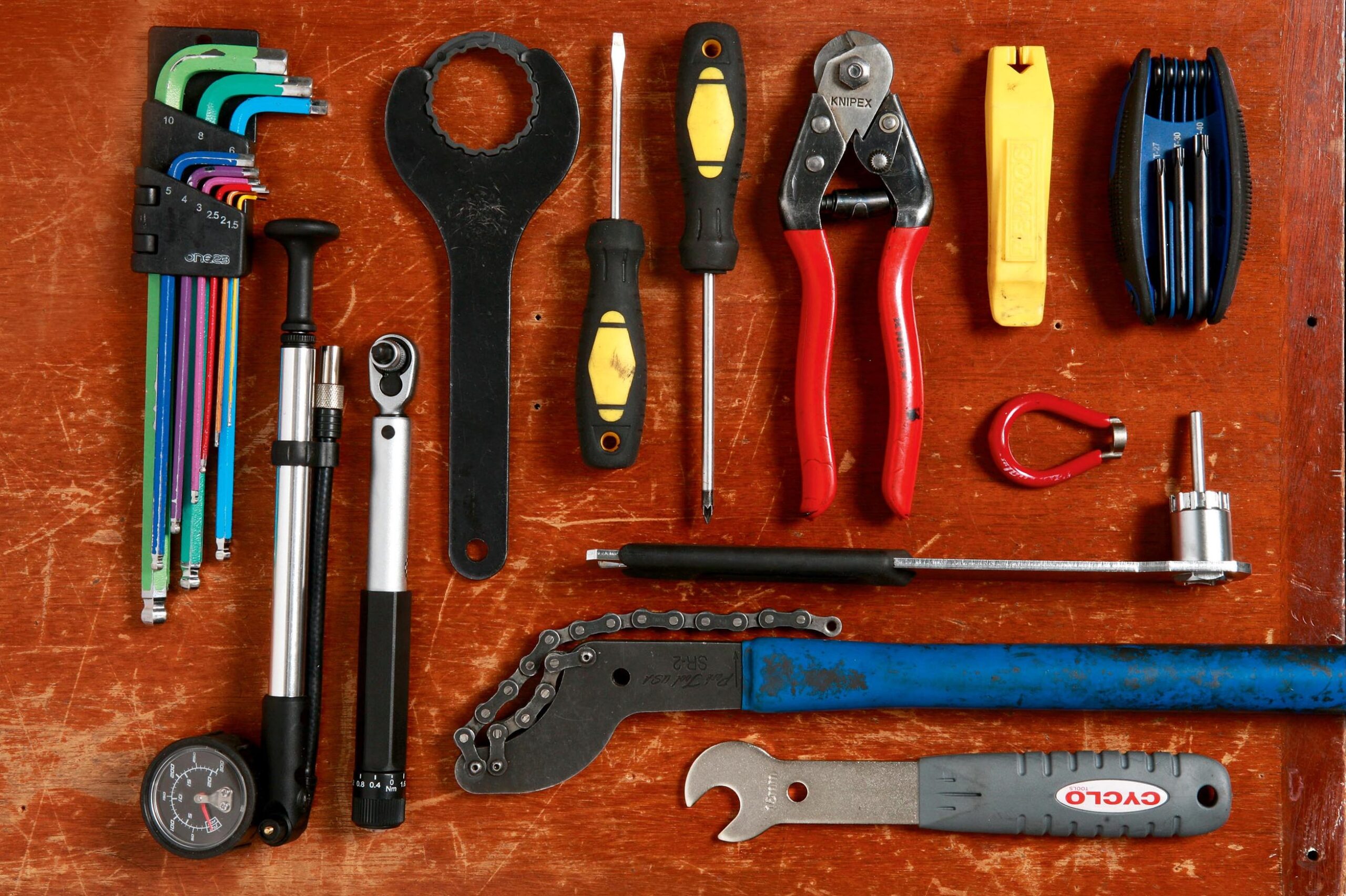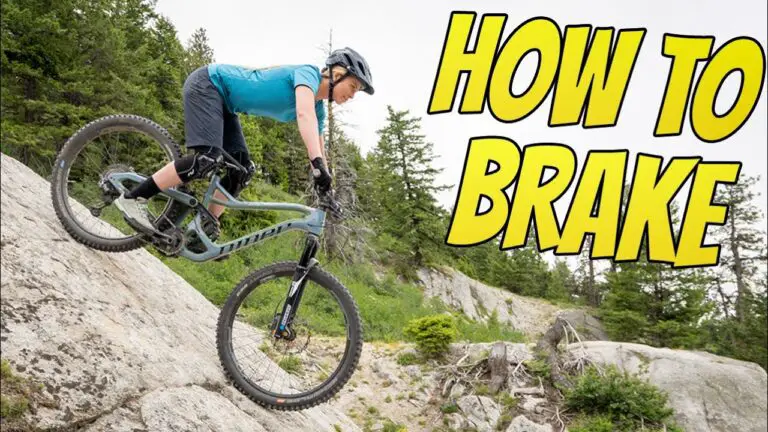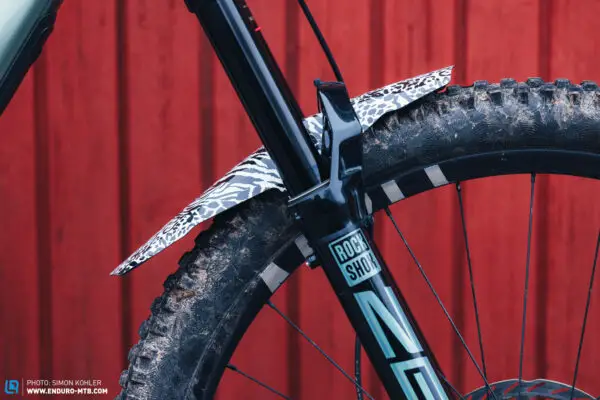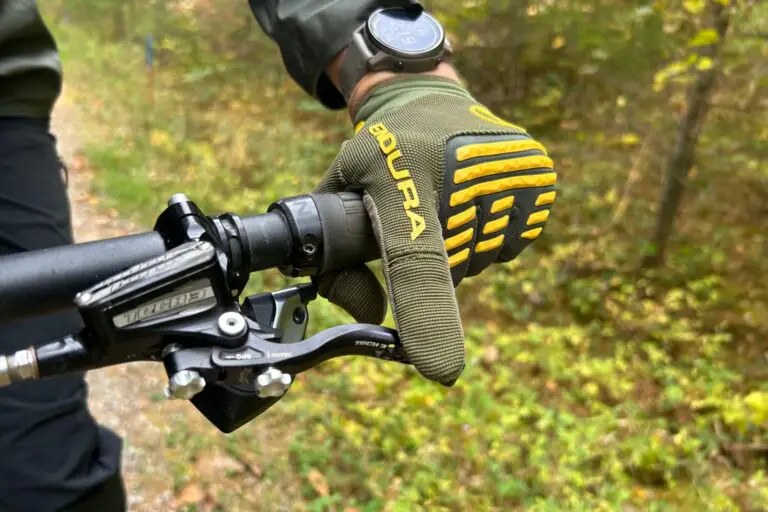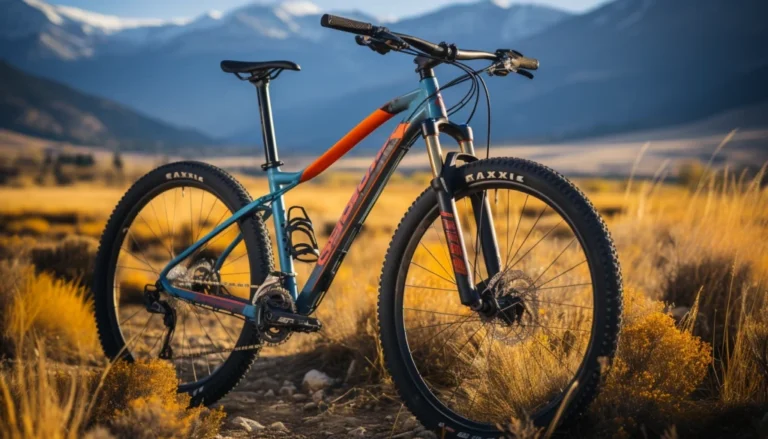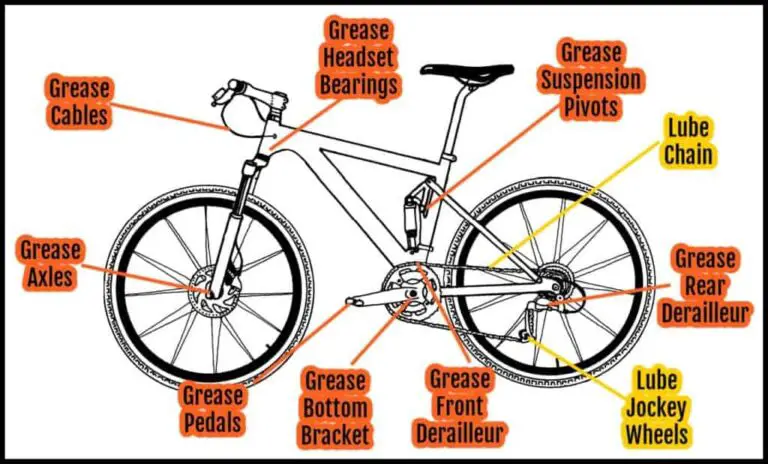Essential Tools for Your Mountain Biking Maintenance Kit
For enthusiasts of the rugged and thrilling world of mountain biking, there are few things as satisfying as the crisp sound of tires on mountain trails and the adrenaline rush that comes with a daring descent. However, as any seasoned rider will attest, the joy of mountain biking also comes with the commitment to bike maintenance.
A well-maintained mountain bike not only performs better but also ensures a safer and more enjoyable ride. In this blog post, we’ll explore the essential tools every mountain biker should stock in their maintenance kit to conquer maintenance challenges both on the trail and in the comfort of their home.
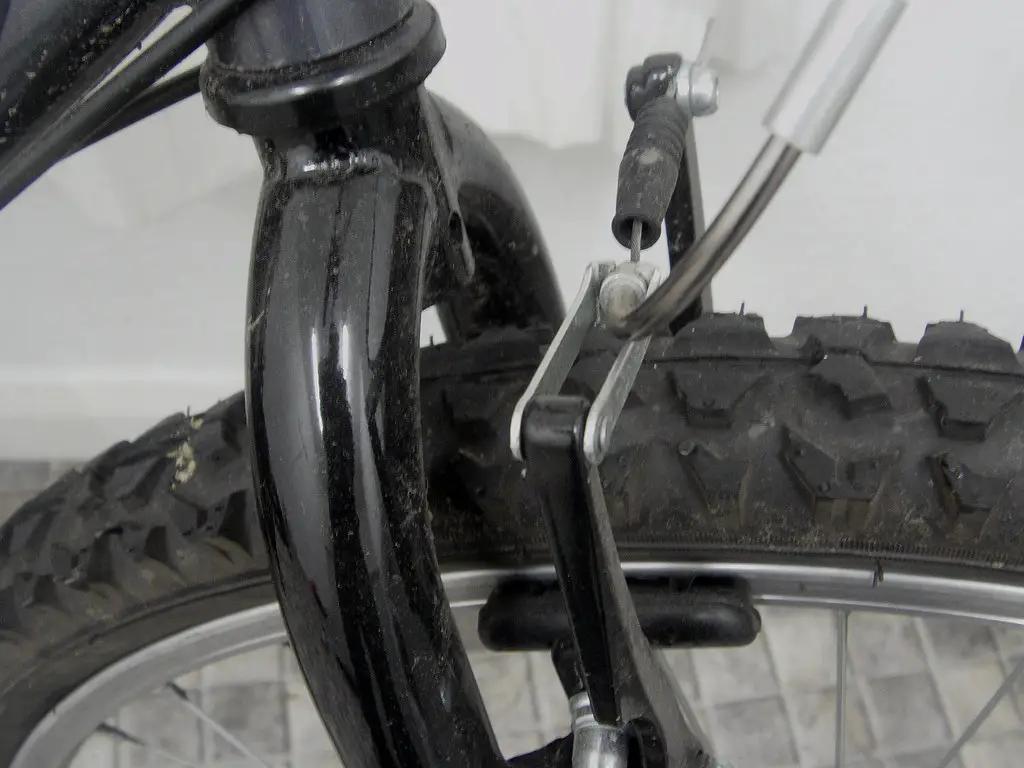
Must-Have Tools for Mountain Biking Maintenance
1. Tire Repair Kit
A flat tire is the most common issue that can sabotage your trail excitement. A portable tire repair kit must include patches, tire levers, and a CO2 inflator or a mini-pump. Familiarize yourself with these tools, puncture repair can be done in minutes with a well-practiced technique, which could save you from a long walk back to the trailhead.
2. Multi-Tool
This compact wizard is a game-changer on the trail, addressing a wide range of maintenance issues. Optical models come with hex and Torx wrenches, screwdrivers, tire levers, and sometimes even a chain breaker. Make sure it’s lightweight and high-quality, as it could be your lifeline when things go wrong.
3. Chain Lubricant
A dry, squeaky chain is slow and damaging to your drivetrain. A small bottle of chain lube, applied regularly and wiped clean, can extend the life of your chain, make shifting smoother, and improve overall efficiency.
4. Pump and Pressure Gauge
Maintaining the right tire pressure is crucial to a comfortable and controlled ride. A portable pump with a built-in pressure gauge gives you precision and peace of mind. Experiment to find the sweet spot for your riding style and the terrain you’re conquering.
5. Brush Set for Cleaning
Mountain biking often equates to a dirty bike. Neglecting to clean your bike can lead to accelerated wear and tear. A good brush set, with a variety of sizes and bristle strengths, is essential for a thorough cleaning to prevent damage and ensure that mud—while fun to splash through—doesn’t compromise your bike’s performance.
6. Spare Parts
Carry a few essential spare parts like chain links and brake pads. These are relatively small but can save a ride from coming to an early end. They’re easy to pack and often straightforward to replace. An in-depth understanding of how to DIY repairs can transform a seemingly serious mechanical issue into a minor inconvenience.
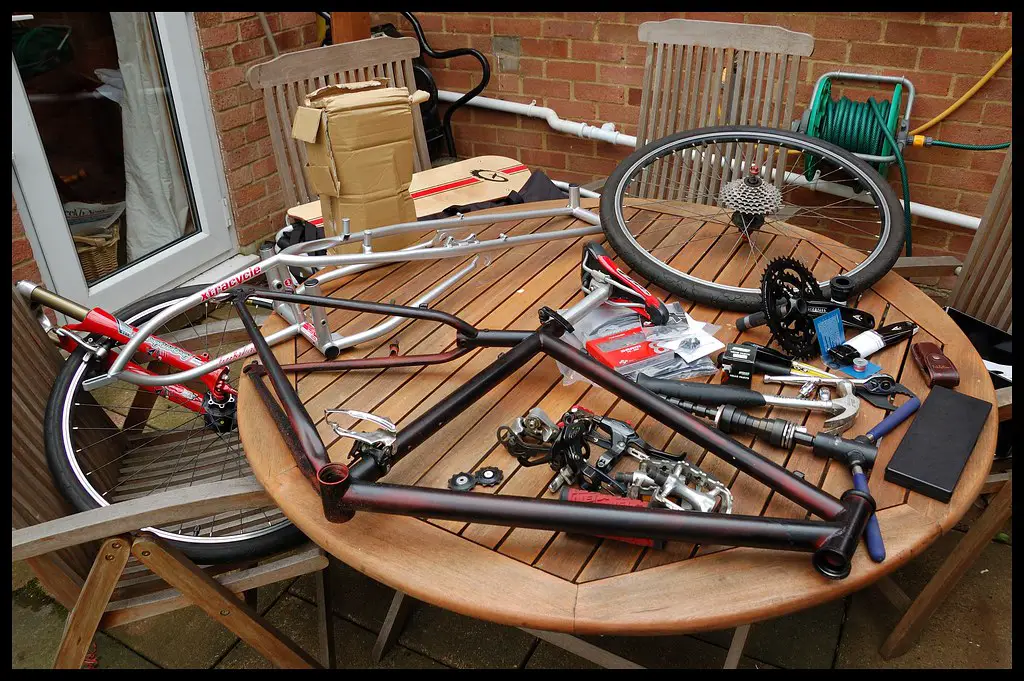
Maintenance Tips
Owning these tools is just the first step; knowing how to use them effectively is crucial. Here are some tips:
Get to Know Your Tools
Before setting out on any ride, ensure you are comfortable using each tool in your kit. Practice removing and reinstalling your tires using the tire levers, tightening and loosening bolts with the multi-tool’s wrenches, and applying chain lube to your drivetrain.
Maintain a Schedule
Create a regular maintenance schedule based on your riding habits. This can include weekly chain lubrication, after-ride cleaning, and a deeper monthly inspection. Not only will it keep your bike in tip-top shape, but regular maintenance also makes it easier to spot potential issues before they become costly problems.
DIY Maintenance Guide
With the right tools and a bit of know-how, many basic maintenance tasks can be performed at home. Here’s a guide to DIY basic maintenance that every mountain biker should know:
Cleaning Your Bike
- Begin with a rinse to remove large debris.
- Use a gentle cleaning solution and the appropriate brush to scrub your bike, focusing on the drivetrain and brakes.
- Rinse thoroughly and allow your bike to dry completely before taking on the next trail.
Adjusting Your Brakes
- Make sure your wheels spin freely without wobbling.
- Check for brake rubbing by spinning each wheel and looking for any signs of interference.
- Adjust the brake calipers following the manufacturer’s instructions.
Cleaning and Lubricating Your Chain
- Use a degreaser to clean the chain.
- If using a solvent-based degreaser, follow up with soap and water to eliminate any residue.
- Dry the chain, and then apply lubricant to every link. Wipe off any excess to prevent dirt build-up.
Patching a Tube
- Find the puncture by submerging the tube in water or inflating the tube and listening for air hissing.
- Use the tire levers to remove the tire and the patch kit to repair the puncture.
- Reinstall the repaired tube, making sure it is seated properly before inflating.
Conclusion
A well-stocked maintenance kit and a little knowledge can make a significant difference in your mountain biking experience. By investing in the right tools and learning how to maintain your bike, you not only ensure the longevity of your equipment but also contribute to a safer and smoother ride. Remember, the key to maintenance is consistency. Regular checks and at-home tune-ups can prevent major issues down the line. And, of course, don’t forget to bring your newfound expertise and tools on every ride — they’re just as crucial as that helmet!
